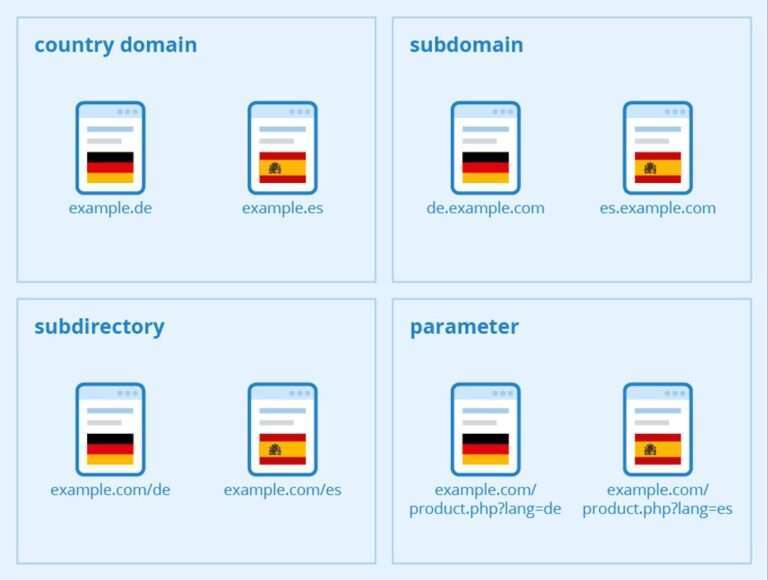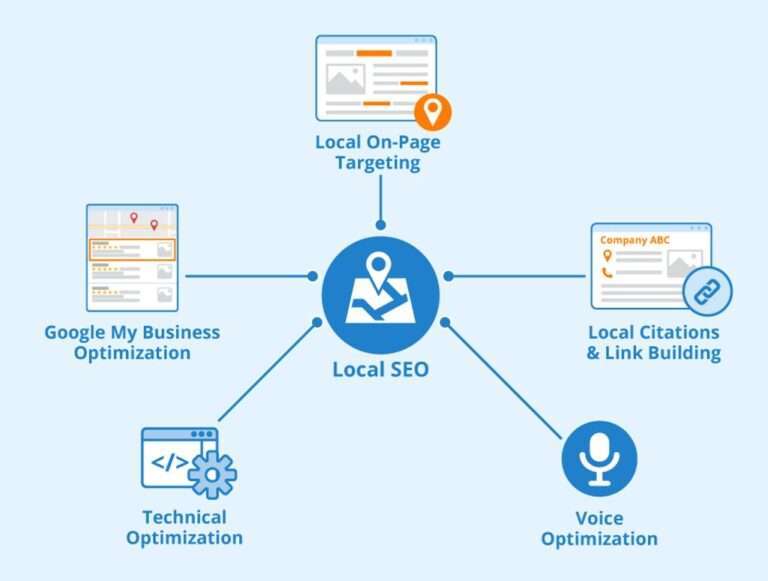What is Editorial Content Marketing?
Overview
What is Editorial Content Marketing?
Editorial Content Marketing is a strategic approach to creating and distributing valuable, relevant, and consistent content to attract and retain clients. It goes beyond traditional advertising by providing useful information and establishing a relationship with the audience. This type of marketing focuses on storytelling and engaging the target audience through various channels, such as blogs, social media, and email newsletters. By delivering high-quality content that meets the needs of the audience, businesses can build trust, establish their expertise, and ultimately drive conversions.
Benefits of Editorial Content Marketing
One of the key benefits of editorial content marketing is the ability to develop thought leadership. By creating high-quality and insightful content, businesses can establish themselves as industry experts and gain the trust of their audience. This can lead to increased brand visibility, credibility, and customer loyalty. Additionally, editorial content marketing allows businesses to engage their customers through new channels. With the right tools and strategies, businesses can easily expand their reach and connect with their target audience on platforms such as social media, webinars, and podcasts. By leveraging these channels, businesses can drive organic website traffic and generate leads. Another advantage of editorial content marketing is the ability to dominate a social niche. By consistently producing valuable content, businesses can establish themselves as the go-to source of information in their industry, attracting a dedicated following and positioning themselves as industry leaders. Finally, editorial content marketing provides businesses with a content marketing planning tool that helps streamline their content creation and distribution processes. By using tools like Unifire, businesses can automate manual tasks, save time, and improve efficiency in their content marketing efforts.
Key Elements of Editorial Content Marketing
When it comes to successful editorial content marketing, there are several key elements that you need to consider. Firstly, knowing your target audience is crucial. By understanding who your audience is, you can create content that resonates with them and addresses their specific needs and interests. Secondly, setting clear goals and objectives is essential. You need to define what you want to achieve with your content marketing efforts and how you will measure success. This will help you stay focused and ensure that your content aligns with your overall business objectives. Lastly, developing a content calendar is important for staying organized and consistent. By planning your content in advance, you can ensure that you are consistently delivering valuable and relevant content to your audience. These key elements form the foundation of a successful editorial content marketing strategy.
Creating an Editorial Content Strategy
Identifying Target Audience
To effectively implement editorial content marketing, it is crucial to first identify your target audience. This involves understanding their demographics, interests, and pain points. Conducting market research and analyzing customer data can provide valuable insights into who your audience is and what they are looking for. Segmenting your audience based on various factors such as age, location, and preferences can help tailor your content to their specific needs. Additionally, personas can be created to represent different segments of your target audience, allowing you to create content that resonates with each group. By identifying your target audience, you can create content that is relevant, engaging, and valuable to them, ultimately driving better results for your editorial content marketing efforts.
| Key Insights |
|---|
| – Identifying the target audience is the first step in implementing editorial content marketing. |
| – Market research and customer data analysis are essential for understanding the audience. |
| – Segmenting the audience and creating personas help in tailoring content to their needs. |
Visit Unifire for a comprehensive content marketing platform that can assist you in identifying and targeting your audience effectively.
Setting Clear Goals and Objectives
Setting clear goals and objectives is a crucial step in creating an effective editorial content strategy. It allows you to define what you want to achieve with your content marketing efforts and provides a roadmap for success. By clearly outlining your goals, you can align your content creation and distribution efforts to meet those objectives. Some key insights to consider when setting goals and objectives include:
Audience targeting: Understanding your target audience is essential in setting relevant and impactful goals. By identifying their needs, interests, and pain points, you can tailor your content to resonate with them.
Measurable metrics: It’s important to set goals that are measurable so you can track your progress and determine the effectiveness of your content marketing efforts. Metrics such as website traffic, engagement, conversions, and brand awareness can help gauge the success of your strategy.
Realistic expectations: Setting realistic goals ensures that you are not setting yourself up for disappointment. It’s important to consider factors such as your available resources, budget, and timeline when setting objectives.
Alignment with business objectives: Your content marketing goals should align with your overall business objectives. By integrating your content strategy with your business goals, you can drive meaningful results and contribute to the growth and success of your organization.
By setting clear goals and objectives, you can lay a strong foundation for your editorial content marketing strategy and increase the likelihood of achieving your desired outcomes. To learn more about how Unifire can help you create and implement an effective editorial content strategy, visit Unifire.
Developing a Content Calendar
Once you have identified your target audience and set clear goals and objectives, the next step in creating an editorial content strategy is developing a content calendar. A content calendar is a schedule that outlines the specific content pieces and topics that will be created and published over a set period of time. It helps you stay organized and ensures that you are consistently producing high-quality content that aligns with your overall marketing goals. When developing your content calendar, consider factors such as the frequency of content publication, the platforms on which the content will be distributed, and the resources needed to create the content. By having a well-planned content calendar, you can streamline your content creation process and ensure that your content is delivered to your target audience in a timely and efficient manner.
Implementing Editorial Content Marketing
Creating Engaging Content
Creating engaging content is a crucial aspect of editorial content marketing. It involves crafting compelling and valuable content that captures the attention of the target audience and keeps them engaged. To create engaging content, it is important to understand the needs and interests of the audience and tailor the content to meet their expectations. This can be achieved by conducting thorough research, using storytelling techniques, incorporating visuals and multimedia elements, and providing actionable insights. By creating content that resonates with the audience, businesses can establish credibility, build trust, and ultimately drive conversions. To maximize the impact of engaging content, it is essential to distribute it effectively through various channels such as social media, email marketing, and content syndication. Additionally, measuring and analyzing the results of the content can provide valuable insights for optimization and improvement. Overall, creating engaging content is a powerful strategy that can help businesses attract and retain customers, enhance brand visibility, and achieve high ROI.
Distributing Content Effectively
After creating engaging content, the next step in implementing editorial content marketing is to distribute it effectively. This involves identifying the most appropriate channels to reach your target audience and ensuring that your content is optimized for each platform. Content marketing strategy plays a crucial role in determining the distribution channels and tactics to be used. By understanding your target audience’s preferences and behavior, you can tailor your content distribution to maximize its reach and impact. Some effective distribution channels include social media platforms, email marketing, influencer collaborations, and content syndication. It is important to regularly analyze the performance of your distribution efforts and make adjustments as needed to optimize your results. By distributing your content effectively, you can increase brand visibility, attract more qualified leads, and ultimately drive conversions.
Measuring and Analyzing Results
After implementing your editorial content marketing strategy, it is crucial to measure and analyze the results to determine its effectiveness. This involves tracking key metrics such as website traffic, engagement rates, and conversion rates. By analyzing these metrics, you can gain valuable insights into the performance of your content and make data-driven decisions to optimize your strategy. Additionally, measuring and analyzing results allows you to identify what is resonating with your audience and what needs improvement. It is important to regularly review and update your content strategy based on these insights to ensure you are continuously attracting new customers and achieving your goals.
Conclusion
The Power of Editorial Content Marketing
Editorial content marketing is a powerful strategy that allows businesses to connect with their target audience on a deeper level. By providing valuable and informative content, companies can establish themselves as thought leaders in their industry and build trust with their customers. This approach goes beyond traditional advertising and focuses on creating content that educates, entertains, and engages readers. With editorial content marketing, businesses can accomplish their goals of increasing brand awareness, driving website traffic, and generating leads. By consistently delivering high-quality content that resonates with their audience, businesses can establish a strong online presence and position themselves as industry experts. In today’s digital age, where consumers are constantly bombarded with advertisements, editorial content marketing offers a refreshing and effective way to capture their attention and build meaningful relationships. As businesses continue to embrace this strategy, it is clear that editorial content marketing is here to stay.
Future Trends in Editorial Content Marketing
As editorial content marketing continues to evolve, there are several key trends that are shaping the future of this strategy. One major trend is the increasing focus on publishing digital material. With the rise of online platforms and digital consumption, brands are finding it crucial to create and distribute content that is tailored for digital channels. This includes creating engaging blog posts, videos, podcasts, and social media content that resonates with their target audience. Another trend is the emphasis on personalization and customization. As consumers become more selective in the content they consume, brands need to deliver personalized experiences that cater to their specific interests and needs. This can be achieved through data-driven insights and leveraging technologies like AI and machine learning to deliver relevant and timely content. Additionally, there is a growing importance placed on storytelling and authenticity. Consumers are looking for brands that can tell compelling stories and create authentic connections. This requires brands to focus on creating content that is not only informative and entertaining but also genuine and relatable. Finally, there is a shift towards interactive and immersive content experiences. Brands are exploring new ways to engage their audience through interactive elements such as quizzes, polls, and virtual reality experiences. These immersive experiences not only captivate the audience’s attention but also provide valuable insights and data for brands to optimize their content strategy. As the landscape of editorial content marketing continues to evolve, brands need to stay ahead of these trends and adapt their strategies to meet the changing needs and preferences of their audience.
Takeaways for Successful Implementation
In conclusion, implementing an editorial content marketing strategy can be a powerful tool for businesses to educate, entertain, and inspire their target audience. By creating engaging content that provides valuable information and entertainment, businesses can build trust and credibility with their audience. It is important to distribute the content effectively through various channels such as social media, email marketing, and partnerships with influencers. Measuring and analyzing the results of the content marketing efforts is crucial to understand what works and what doesn’t. As the future trends in editorial content marketing continue to evolve, businesses should stay updated and adapt their strategies accordingly. Overall, the key takeaways for successful implementation of editorial content marketing are to understand the target audience, set clear goals and objectives, develop a content calendar, create engaging content, distribute it effectively, and measure and analyze the results.
In conclusion, Unifire is the ultimate tool for extracting summaries, keywords, and titles from your podcast and repurposing your content. With Unifire, you can save time and effort by automating the process of creating engaging and informative articles. Take your content to the next level and drive more traffic to your website with Unifire. Try it today!







